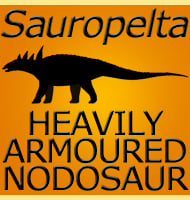Cryptosaurus
In Depth Today Cryptosaurus is considered to be a genus of ankylosaur, though because it is only known by a partial femur the genus is considered dubious because it would be almost impossible to assign further remains to the genus. When first described by Harry Govier Seeley, Cryptosaurus was thought to have been a relative … Read more
